When I was much younger I had a brief foray into the world of USSR-built cameras. At the time they were much less fashionable and considerably less expensive than they are now. I put a roll or two of film through such classic cameras as a Lubitel 166B medium format TLR, a Zorki 35mm rangefinder (a Contax copy) and a Lomo 35mm compact. These cameras lingered all too briefly in my hands as I pretty soon sold or gave them away. I progressed onto other cameras until I found one that just felt ‘right’ to me (in my case the lovely little Pentax MX 35mm SLR).
These early experiences with Soviet cameras, however, left a lasting impression. I have always wondered what I would think if I used these cameras again today, after more years of experience in using cameras of all types.
The comrades’ Leica
Recently I had the chance to find out, as I came across a Fed4 in a local secondhand store at a good price. It was in nice condition, with a clear lens, and in its original brown leather case.
I had never used one of these Leica-a-like L39 mount 35mm ‘made in the USSR’ rangefinder cameras before. As I was in the middle of my 2016 ‘year of film’ I thought I’d give it a try.
The Fed cameras were a series of different models of 35mm rangefinder cameras. They were built in the then USSR (at a factory in Kharkov in what is now the Ukraine) over several decades during the cold war. They are sometimes called the “Comrades’ Leica” or “Soviet Leica” as they use Leica’s old L39 screw mount. And most of the models have designs very reminiscent of early Leicas.
Simple but functional design
My Fed4 is one of the later models and was probably built sometime in the late 1970s or early 1980s. The Fed4 is fairly bulky as it has a built-in uncoupled selenium light meter that adds some height to the camera. Because of this it does not look quite as streamlined as Fed models with no light meter.
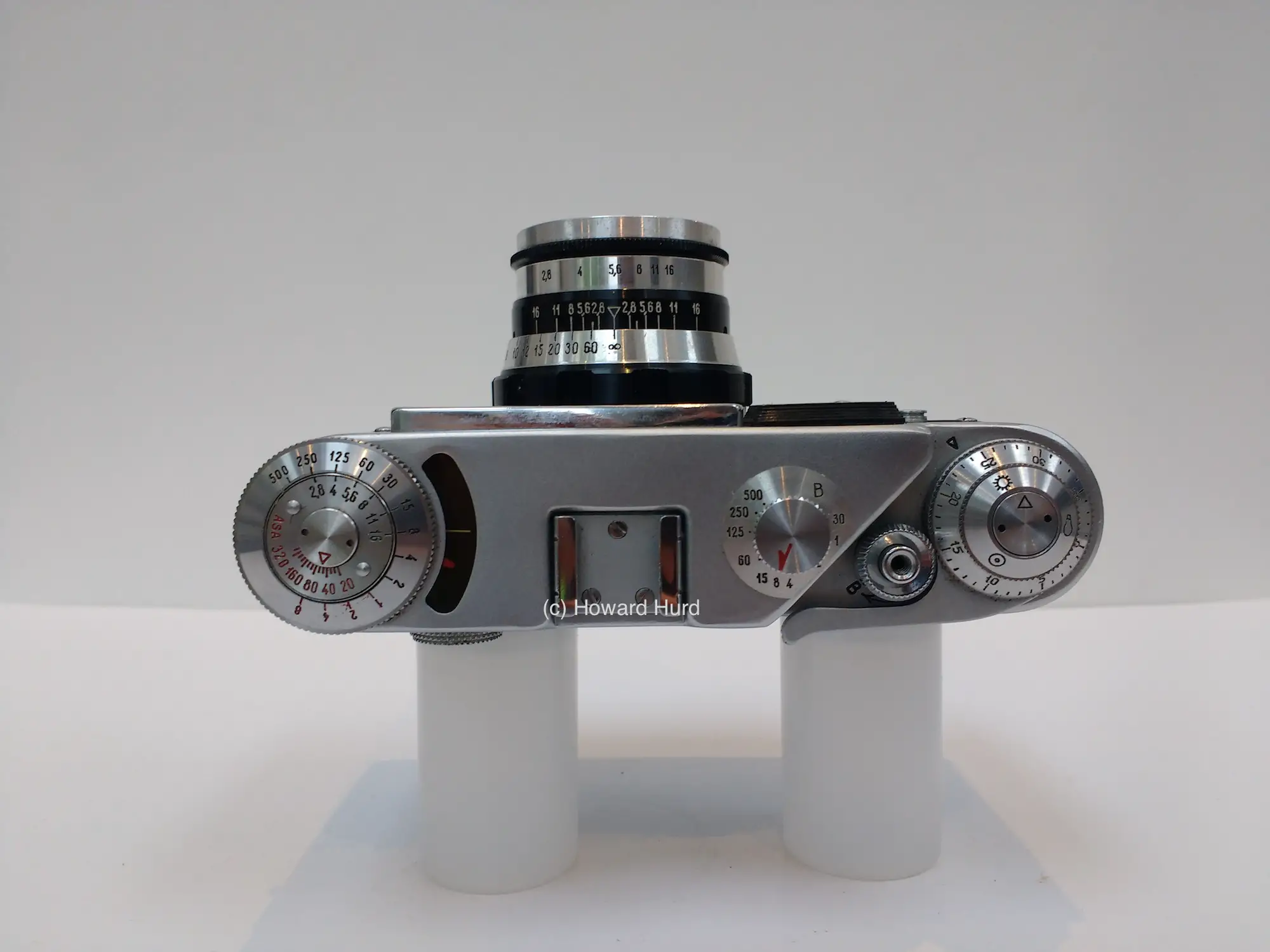
To my eyes there is a beautiful simplicity to the Fed4’s design – there are no elaborate embellishments or extraneous features. You’ve got everything you need to take full manual control over your photos – a shutter dial, aperture control, a rangefinder (which needed a little adjustment – see footnote below) and a light meter.
Although quality control was often reported to be an issue in the Soviet factories, my particular Fed4 is solidly constructed. It feels like a camera that you could take on a trip around the world and it would keep on going whatever you threw at it – with the added bonus of not even needing batteries.
Loading the camera
Loading a film is pretty straightforward, although not quite as simple as some cameras with a more modern film take-up mechanism.
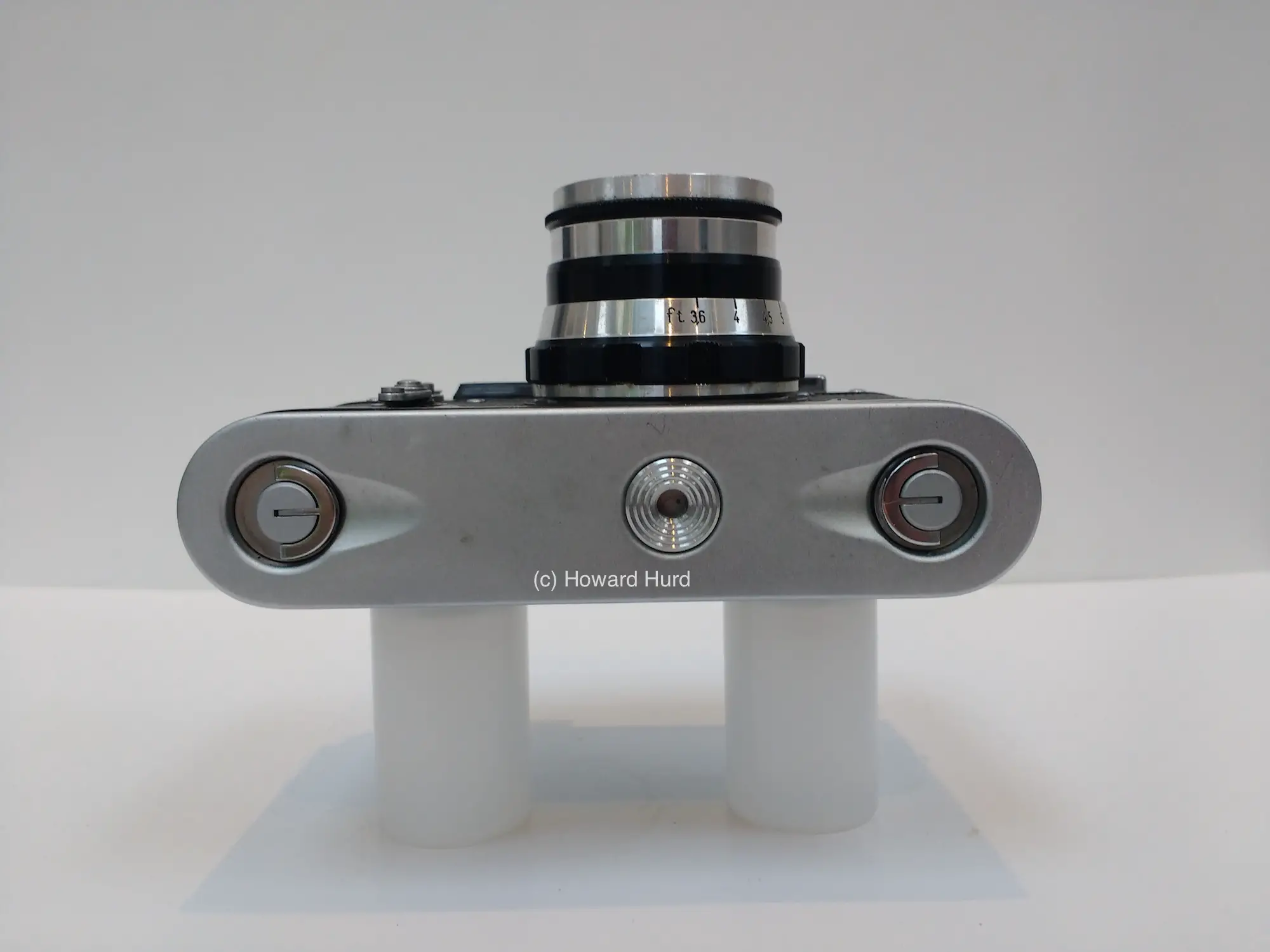
By turning a pair of latches on the base of the camera through 180º, you can then slide off the whole back. You place the film canister on the left (held in place by a little stub at the bottom) and then load the leader of the film onto a detachable take-up spool. With the back replaced and the clips locked you’re then good to go.
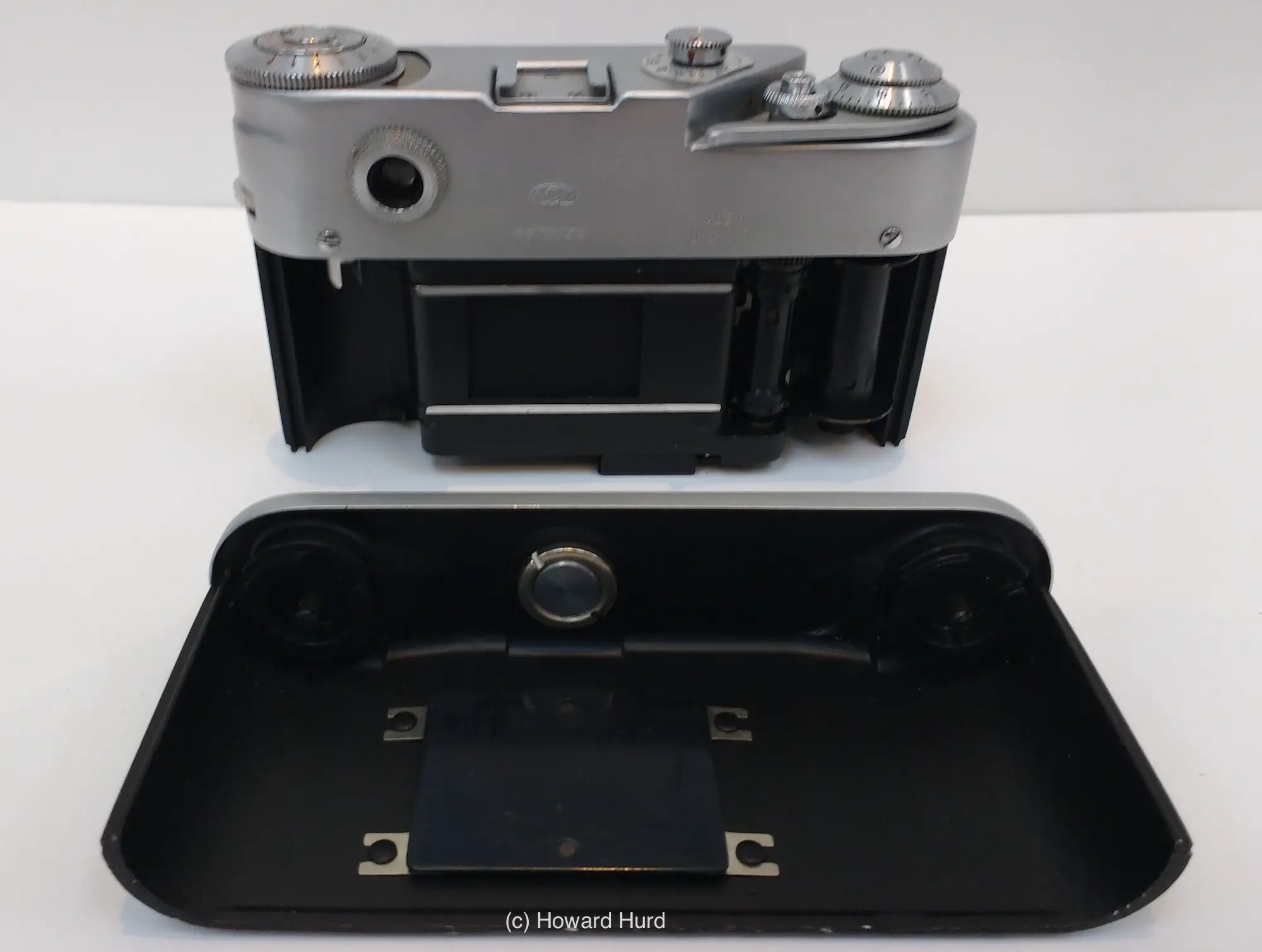
The Fed 4 in use
In use, the camera is fairly bulky and quite heavy due to its all metal construction. You certainly notice it around your neck after a day’s shooting. However, the weight also lends the camera a sturdy and durable feel and I think it has a nice heft in the hand.
The light meter is simple to use – with the film speed set (marked from 20-400 ASA), rotate the dial so the wider red bar aligns with the white meter needle, read the shutter speed and aperture from the dial and then transfer them to the camera (adjusting as you think fit). Alternatively you could use a handheld light meter, smartphone light meter app or the Sunny16 rule but the built-in light meter is handy and seemed fairly accurate to me. Either way, your photography will become more deliberate and measured with the Fed4 as you have to take the time to read the light meter and set your shutter speed and aperture – and this is often no bad thing.
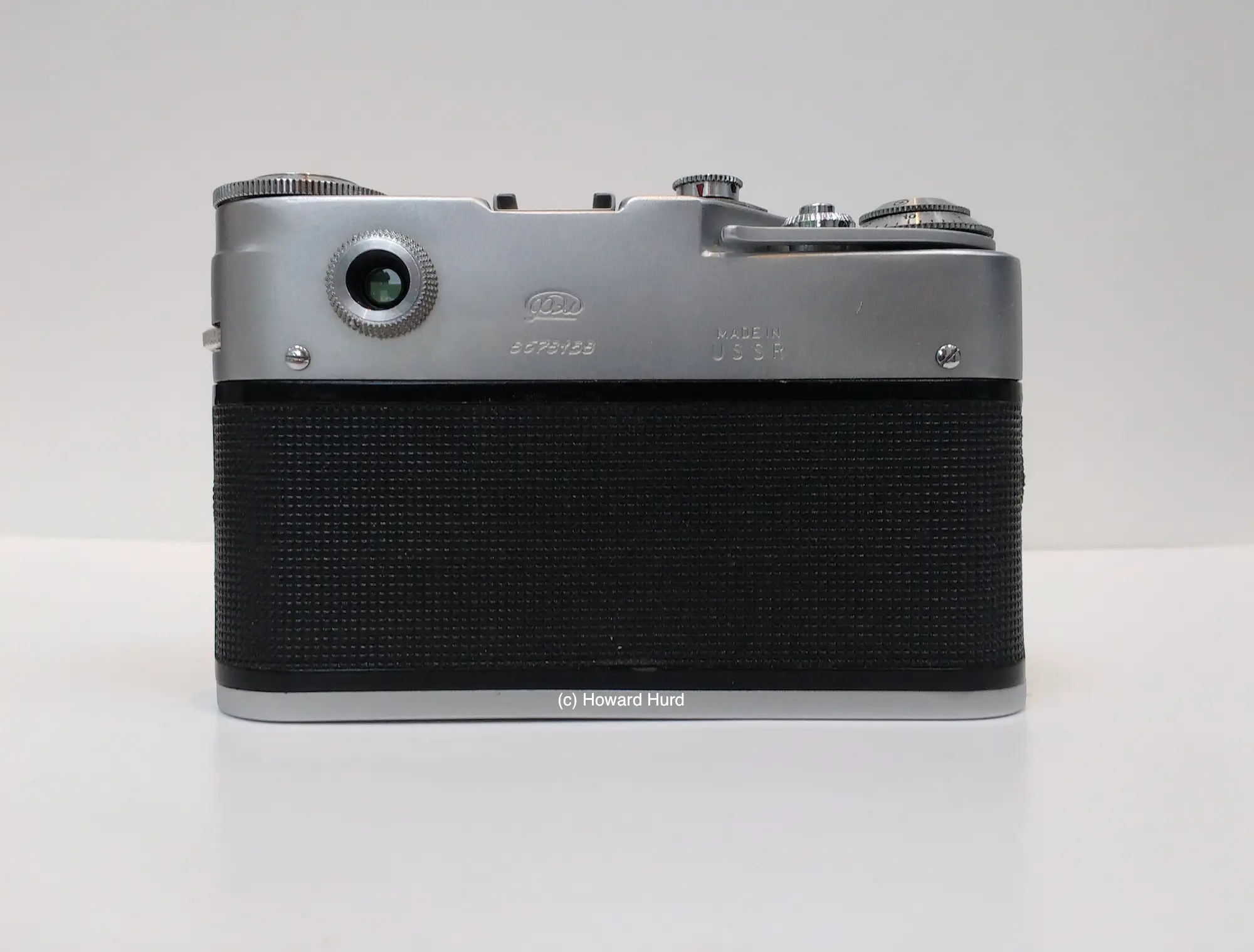
The camera has a few quirks in use. The viewfinder is a relatively small and not very bright porthole on the back of the camera. The rangefinder patch is not particularly large – or particularly bright on my camera, but that might just be fading due to the camera’s age. The viewfinder has dioptre adjustment by rotating its collar.
The film advance lever is effective, although has quite a long throw (about 180º). Also you have to set the shutter speed dial after advancing the film to cock the shutter – in the same way as on some other Soviet cameras of this vintage (such as my Zenit E SLR).
The focal plane shutter has a range from 1 second to 1/500 second (plus B and 1/30 second flash sync speed). It is is fairly loud – certainly not as quiet as the ‘snick’ of a Leica – but is quieter than most film SLRs as there is no moving mirror. There is also a standard clockwork timed shutter release on the front of the camera.
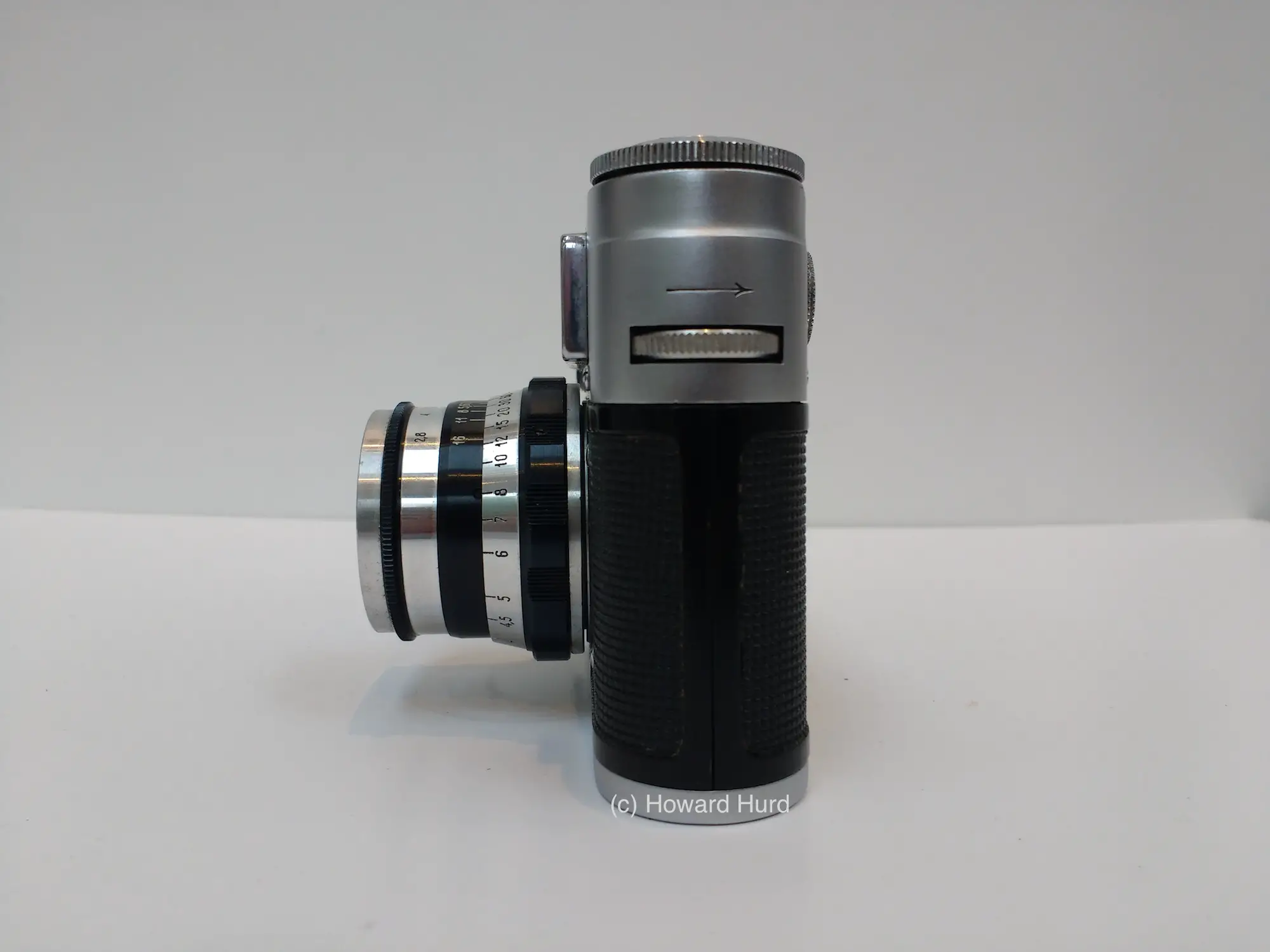
The film rewind procedure is a little unusual. There is no film rewind button (typically found in the base of 35mm cameras) – instead you have to rotate the collar around the shutter release clockwise. And there is not a film rewind lever to rotate – instead there is a knurled wheel that protrudes slightly from the left hand side of the camera. This rewind wheel does the job but is not quite as quick to use as the more traditional rewind lever.
It’s all about the lens – the Industar И-61
For me, however, this camera is all about the lens. I had heard about the reputation of the Industar И-61 standard lens so I was very interested to see how it performed with the type of pictures I usually take.
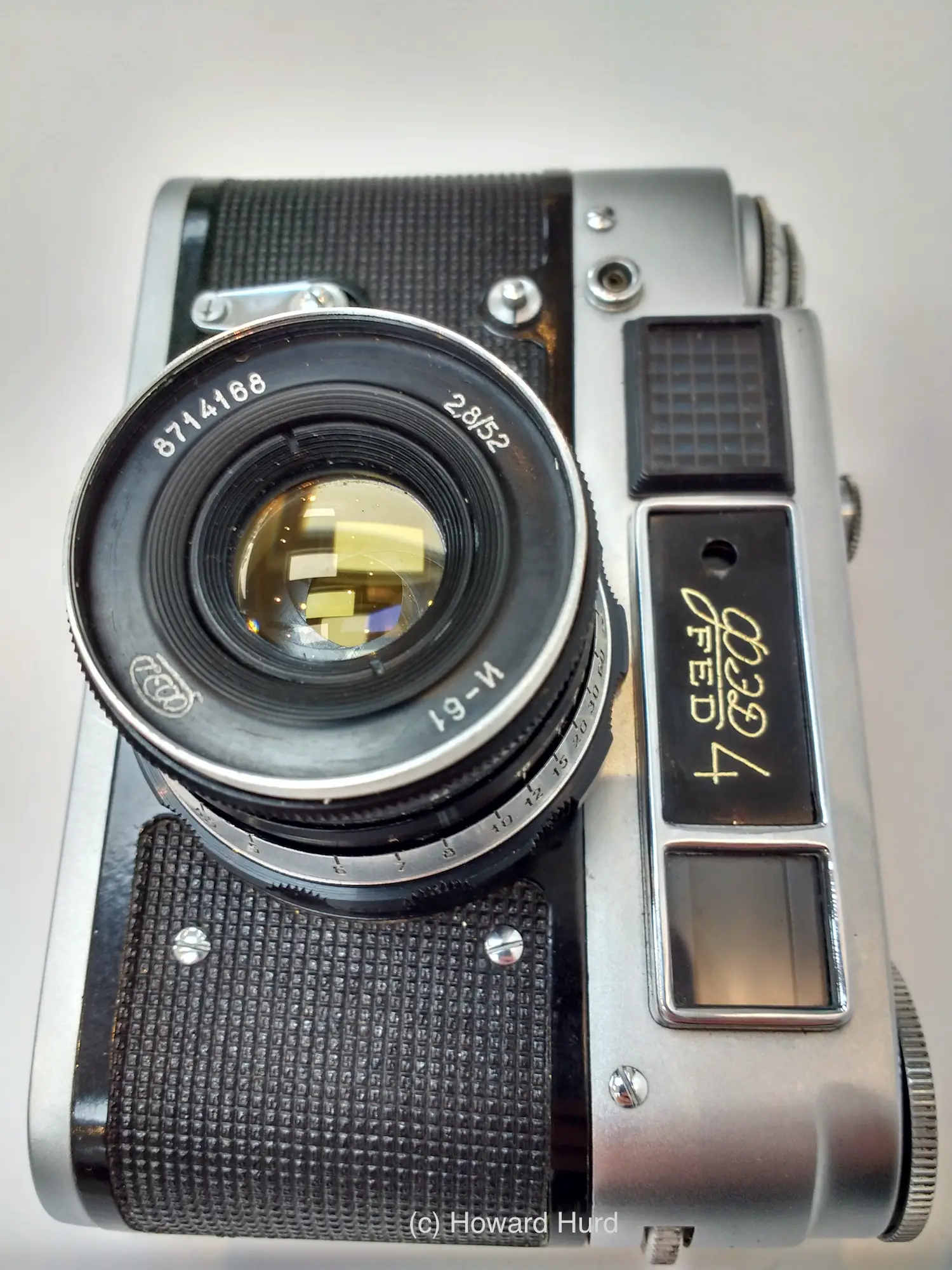
The lens is quite light (I have read somewhere that it uses aluminium in its construction) and does not feel quite as well put together as the rest of the camera. My particular И-61 is marked as 52mm focal length – but I’ve seen pictures of similar lenses marked 51mm and 53mm. It has an f2.8 maximum aperture (minimum f16) with whole stop clicks, and focuses down to a marked distance of 3.6 feet (about 1m).
To my eyes there is something quite special about the way this lens renders an image. On colour film it produces nice tones and out-of-focus areas have a lovely smooth quality, despite the lens only having 6 straight-edged aperture blades. I haven’t yet put any black and white film through the camera.
When used wide open at f2.8, the lens is reasonably sharp in the centre and produces some reasonable foreground/background separation. When used stopped down at f5.6-f8 the sharpness increases nicely across the frame. For an old lens it also has good levels of contrast, seems to have fairly low chromatic aberrations, and is even quite resistant to flare when used into the sun.
These pictures are only from fairly low resolution supermarket processing scans, but show the character and sharpness of the lens. The first set of shots were taken on Agfa VistaPlus ISO200 colour film. The second set of shots used the same film but hand-reversed and shot as redscale film at ISO50. They also show that my Fed4 body has an intermittent and slight light leak from one side that I will need to investigate. However the light leaks appeared on the roll of hand-rolled redscale film so it might not be the camera body that caused the leaks. The body does not have any light seals as far as I can see, as the back just fits in place in some slots that act as light traps.
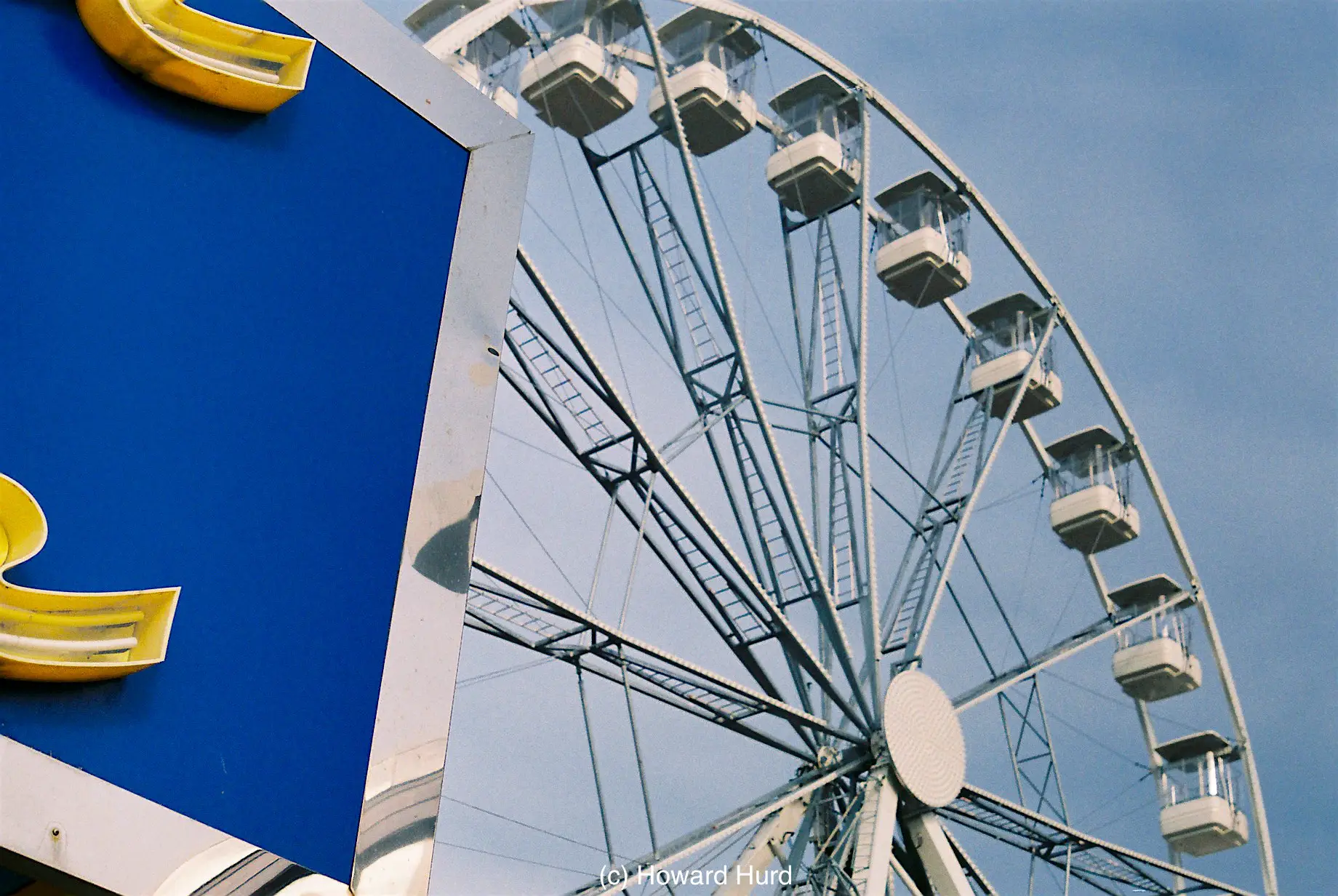
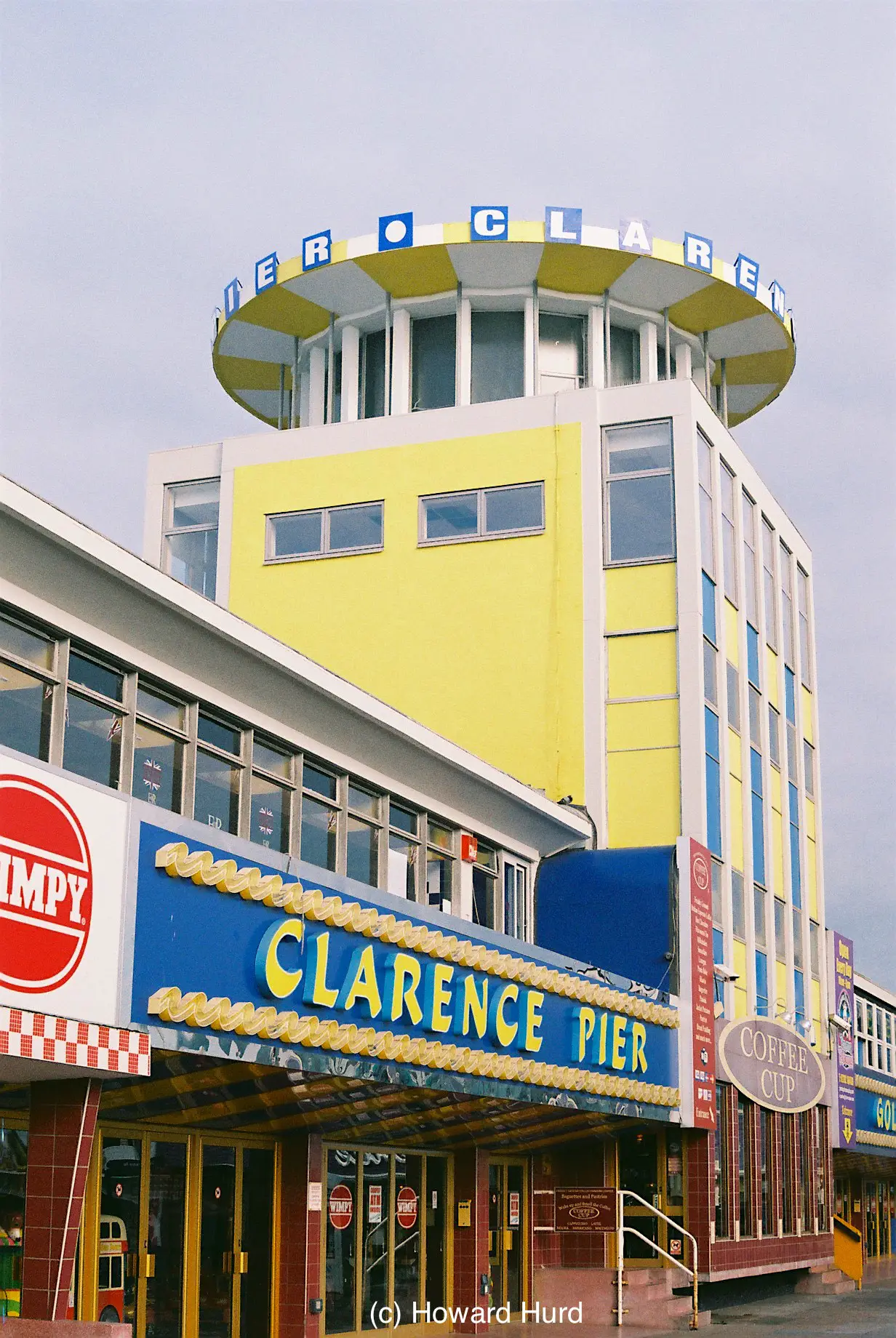
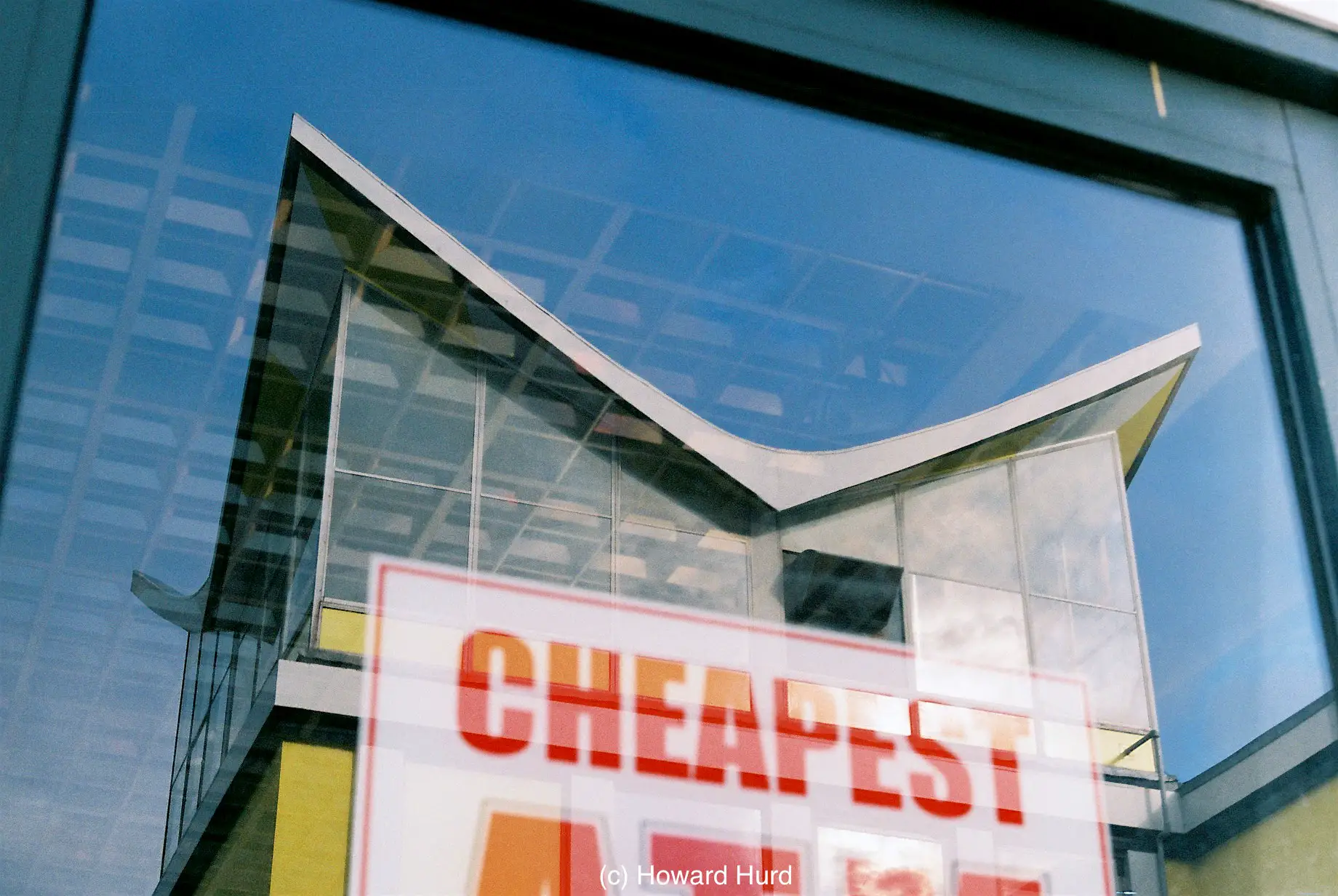
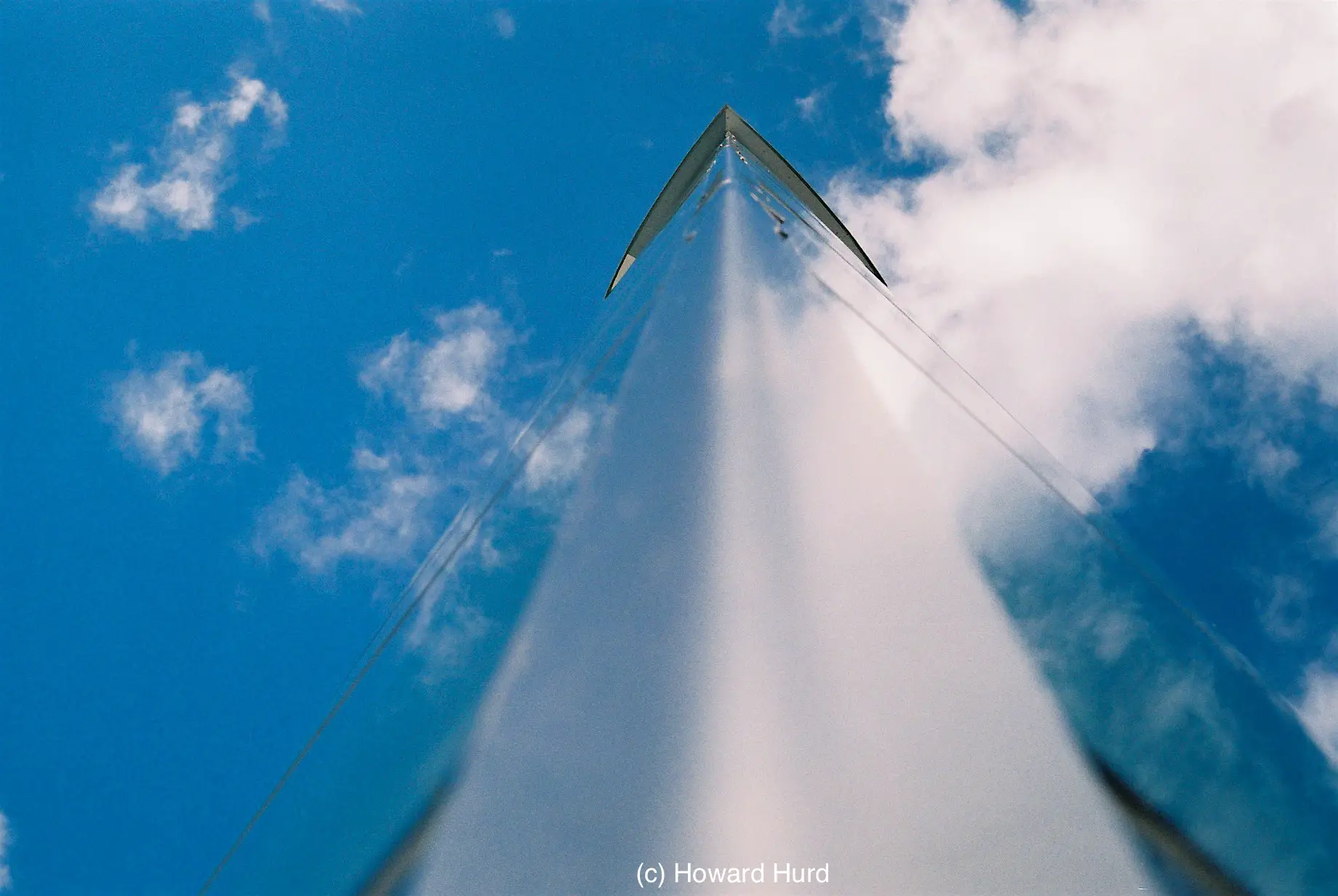
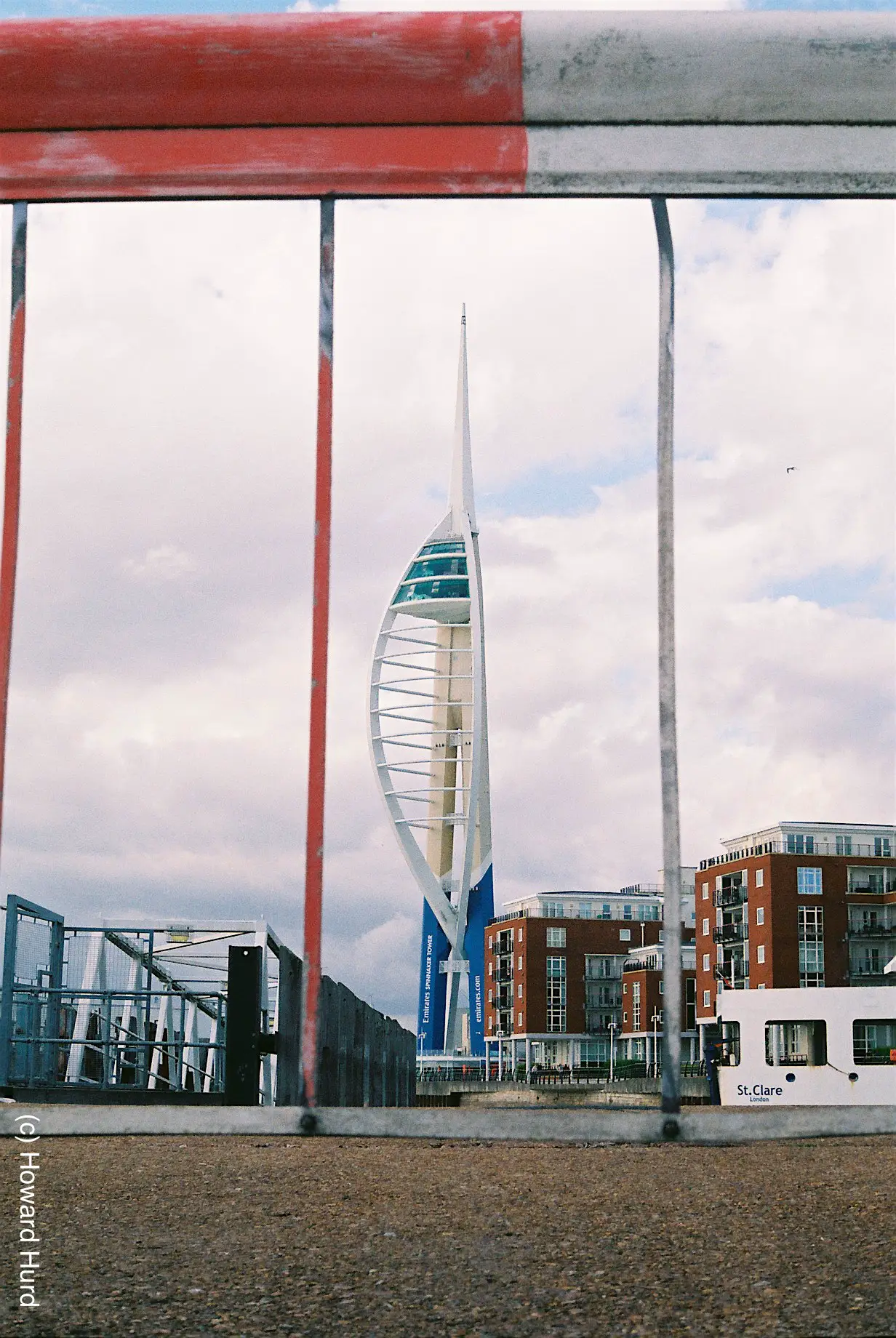
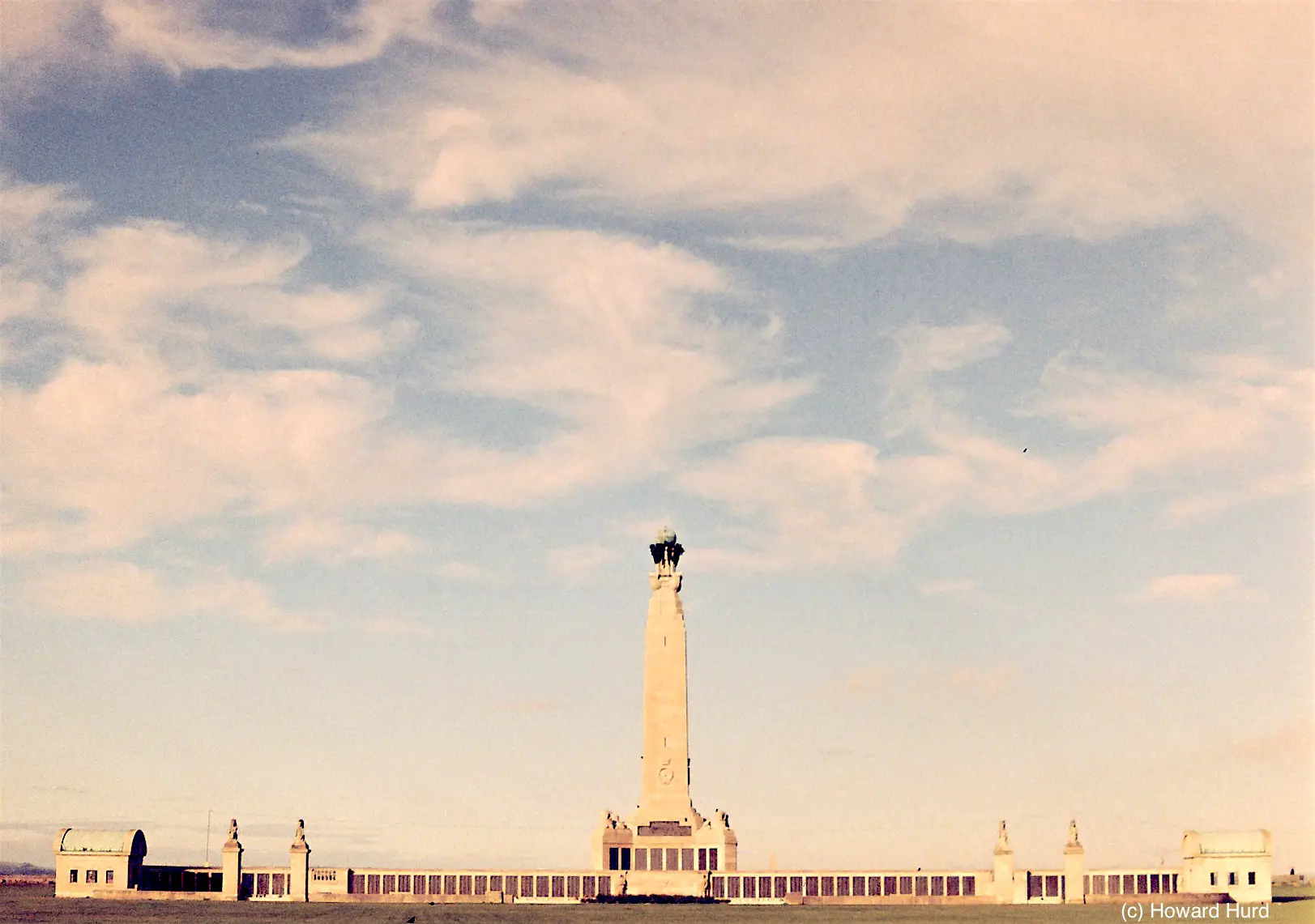
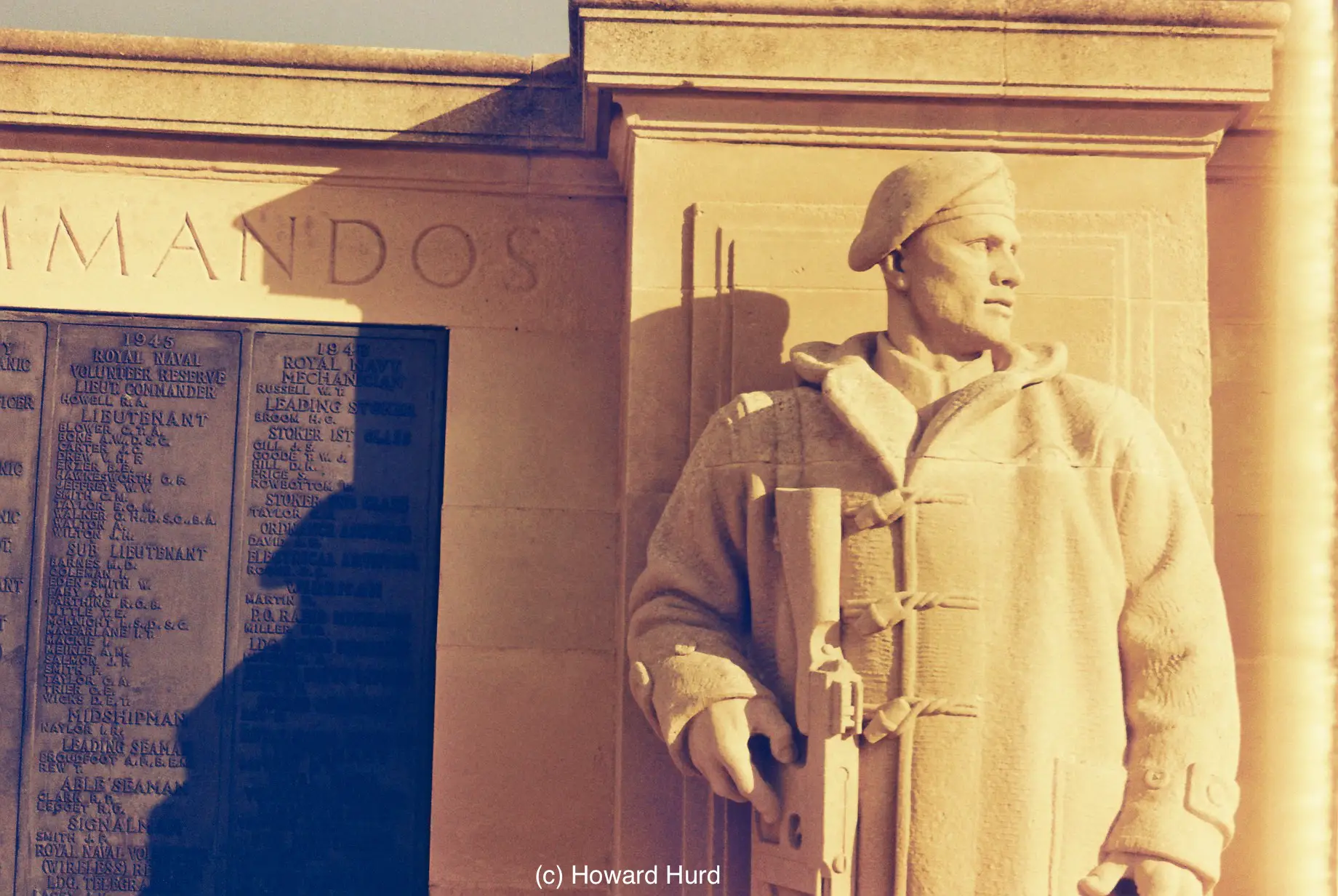
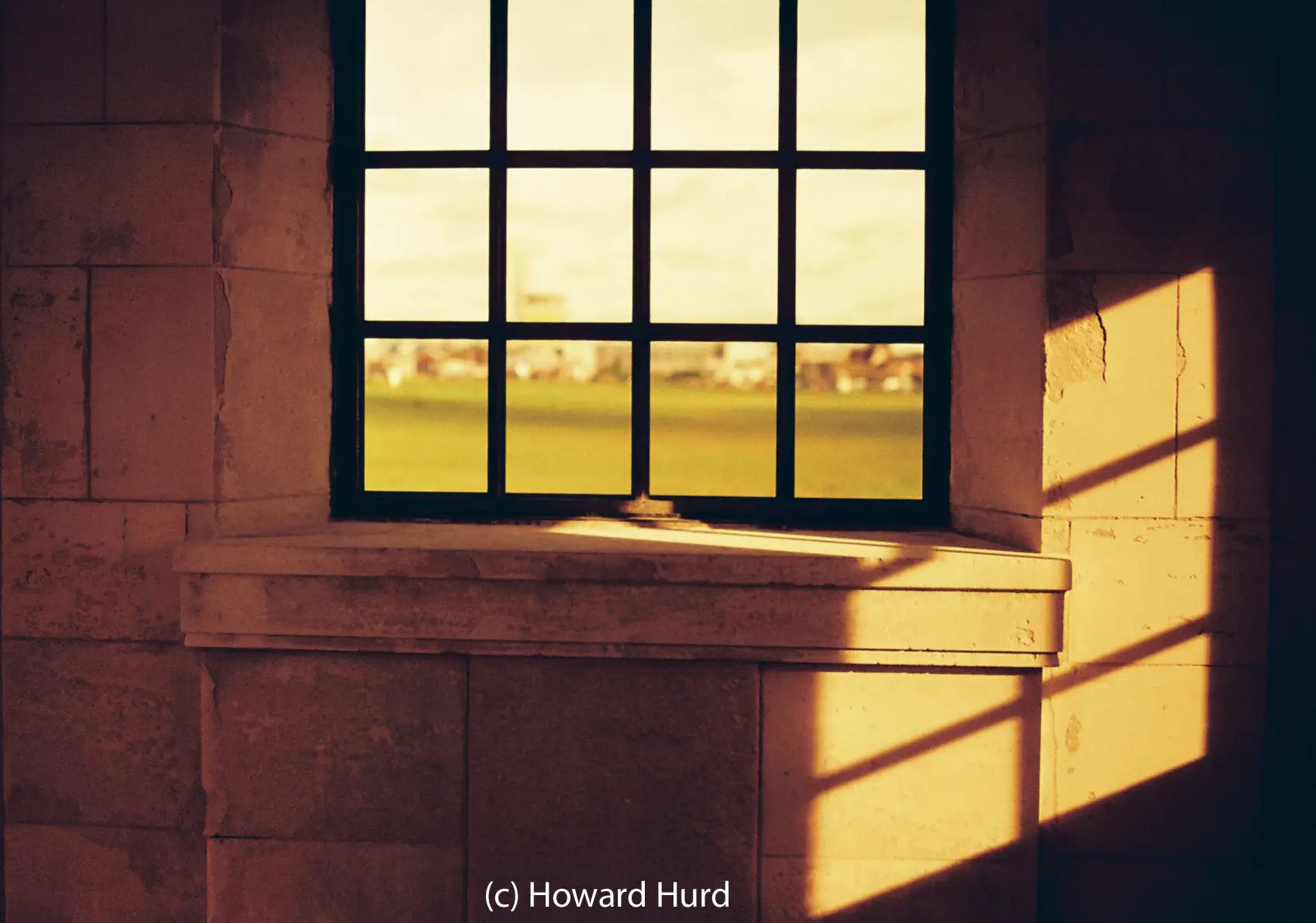
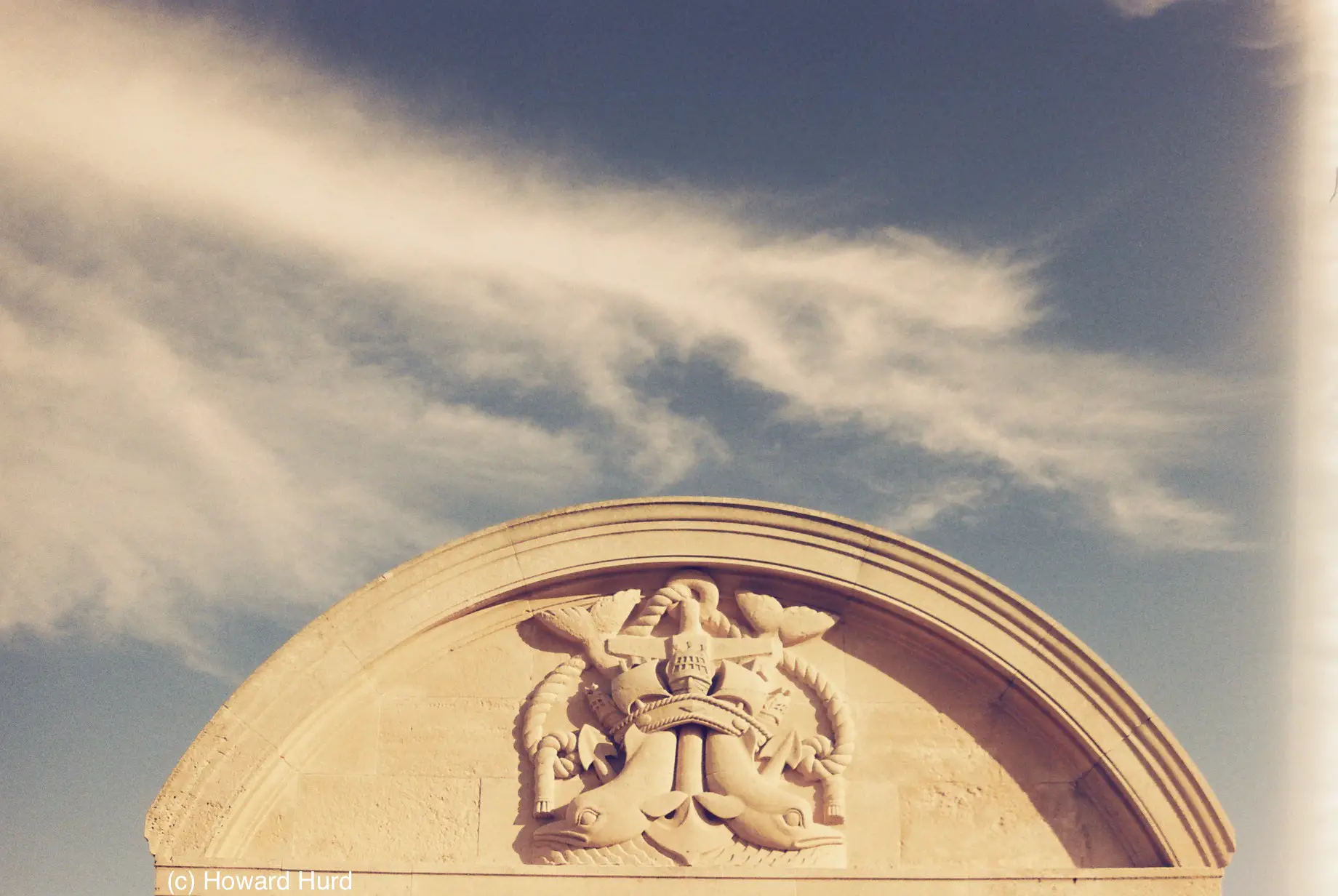
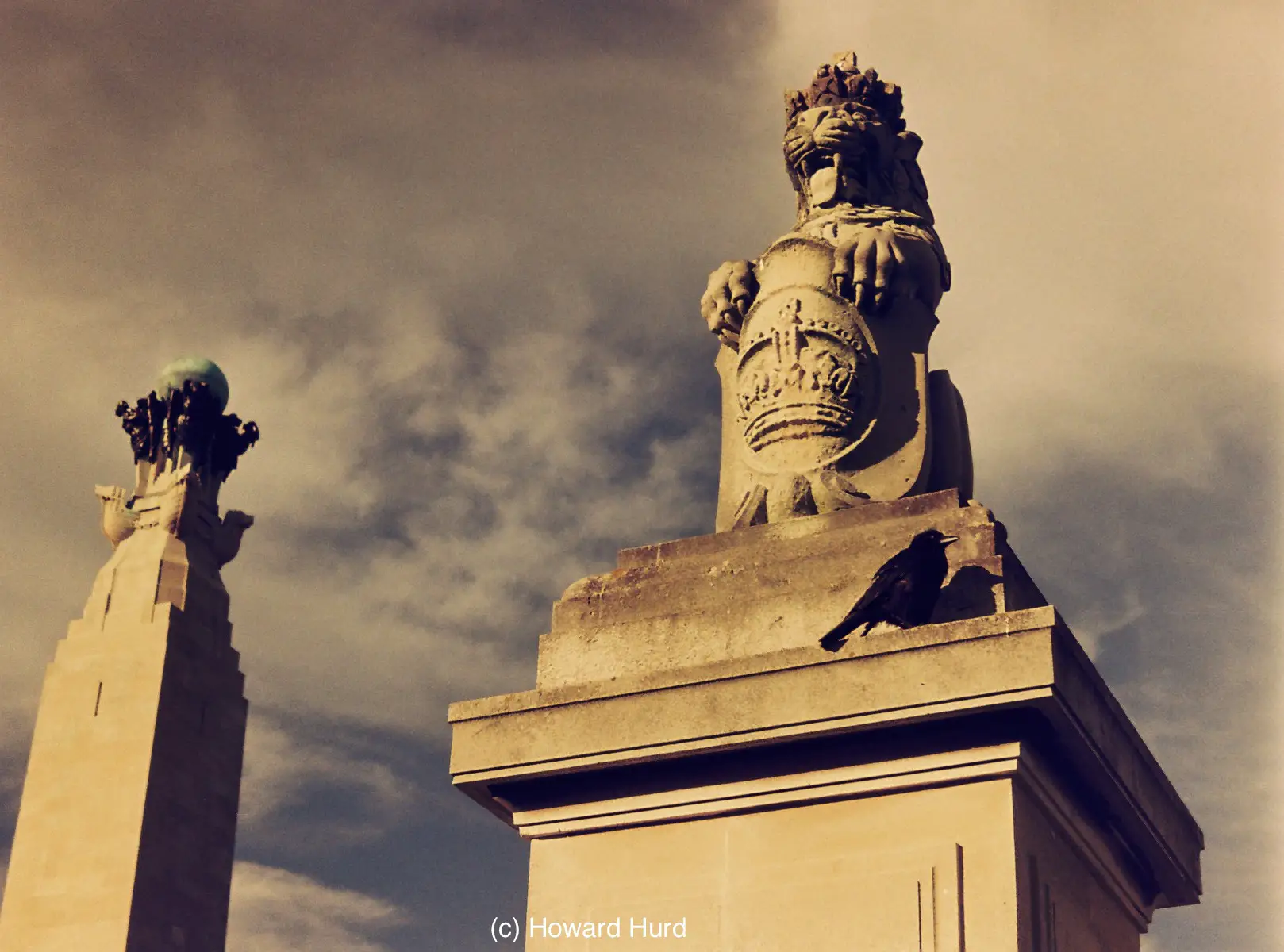
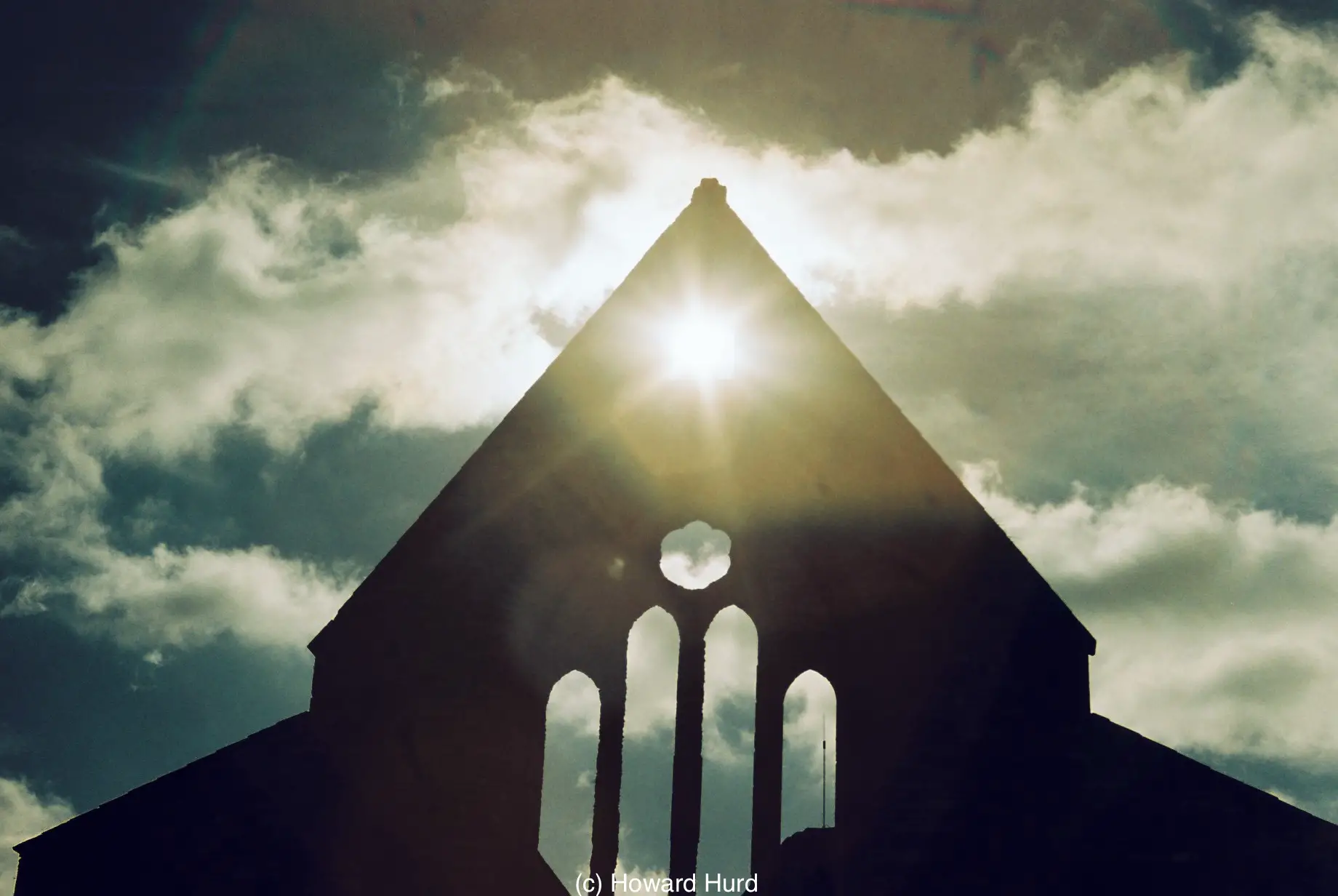
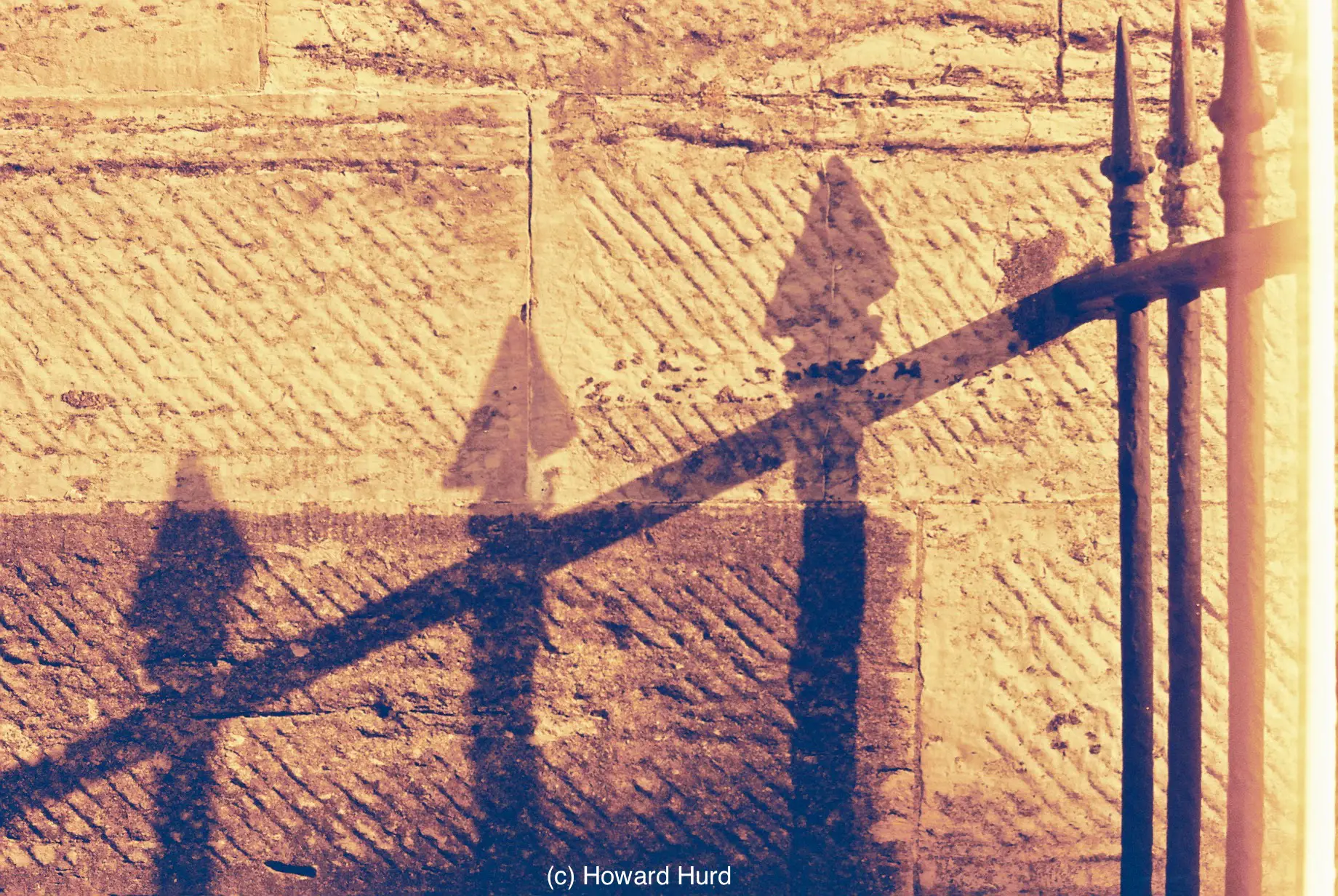
Using the Industar И-61 lens on a modern sensor
As an added bonus, the И-61 lens is very easily and cheaply adapted onto my Sony a7 full frame digital mirrorless camera (via a dumb adapter bought for about £6 online).
Its light weight and short flange distance due to its rangefinder design make it a very good everyday companion for a mirrorless camera. If needed you can also reduce the minimum focusing distance by unscrewing the lens slightly in the adapter.
I love the results produced by the Industar И-61 lens on the Sony sensor – I think this combination really “sings”. The pictures have a lovely warm vintage tone and a less digital look than results from more modern lenses. Whilst the resolution of the lens might not be quite up to modern standards I find it more than acceptable – although if you are an extreme pixel-peeper your opinion may differ.
I actually slightly prefer the look of the still photos produced by this combination to the shots I have taken with the equally legendary Helios 44-2 (58mm f2) lens on my Sony a7.
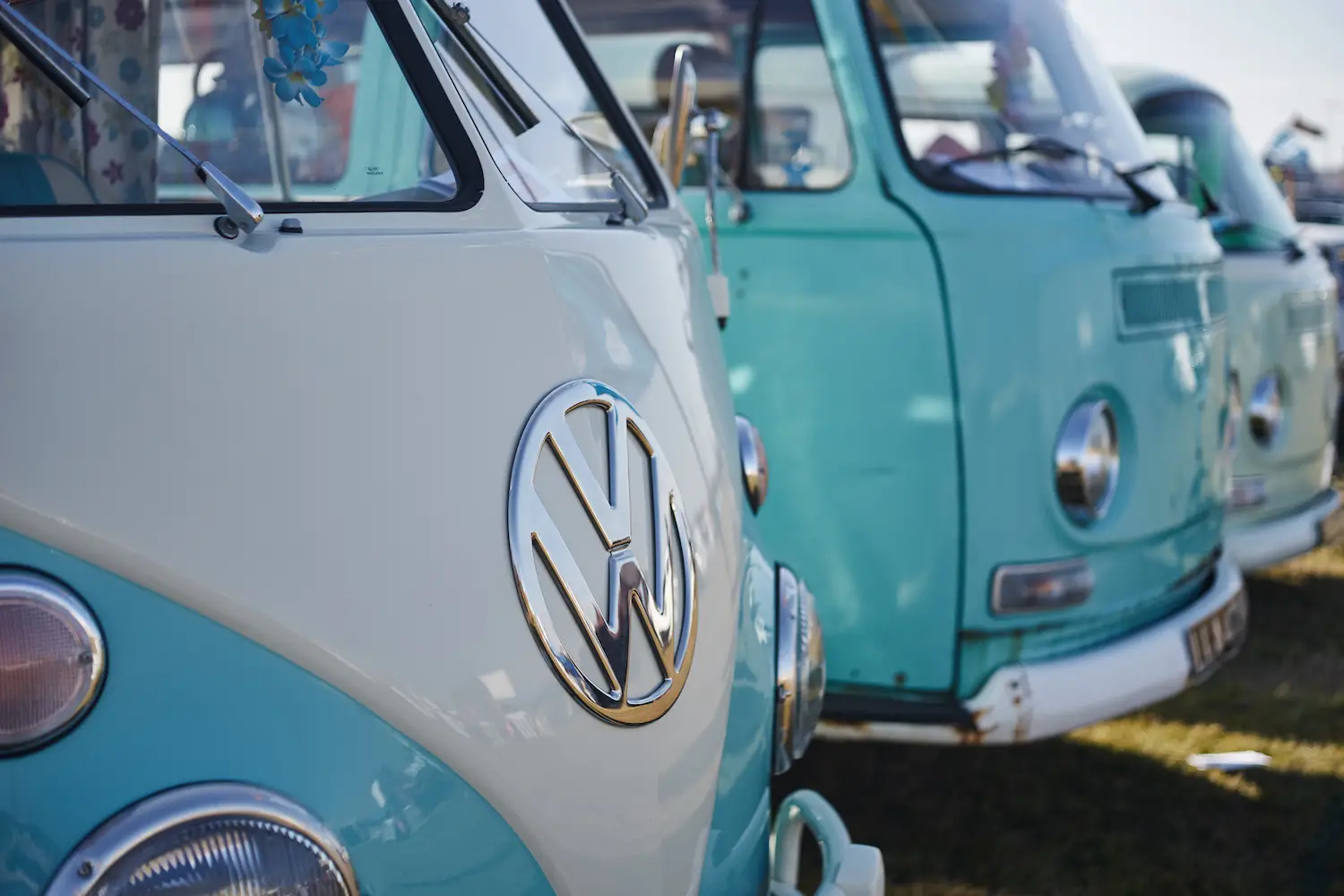
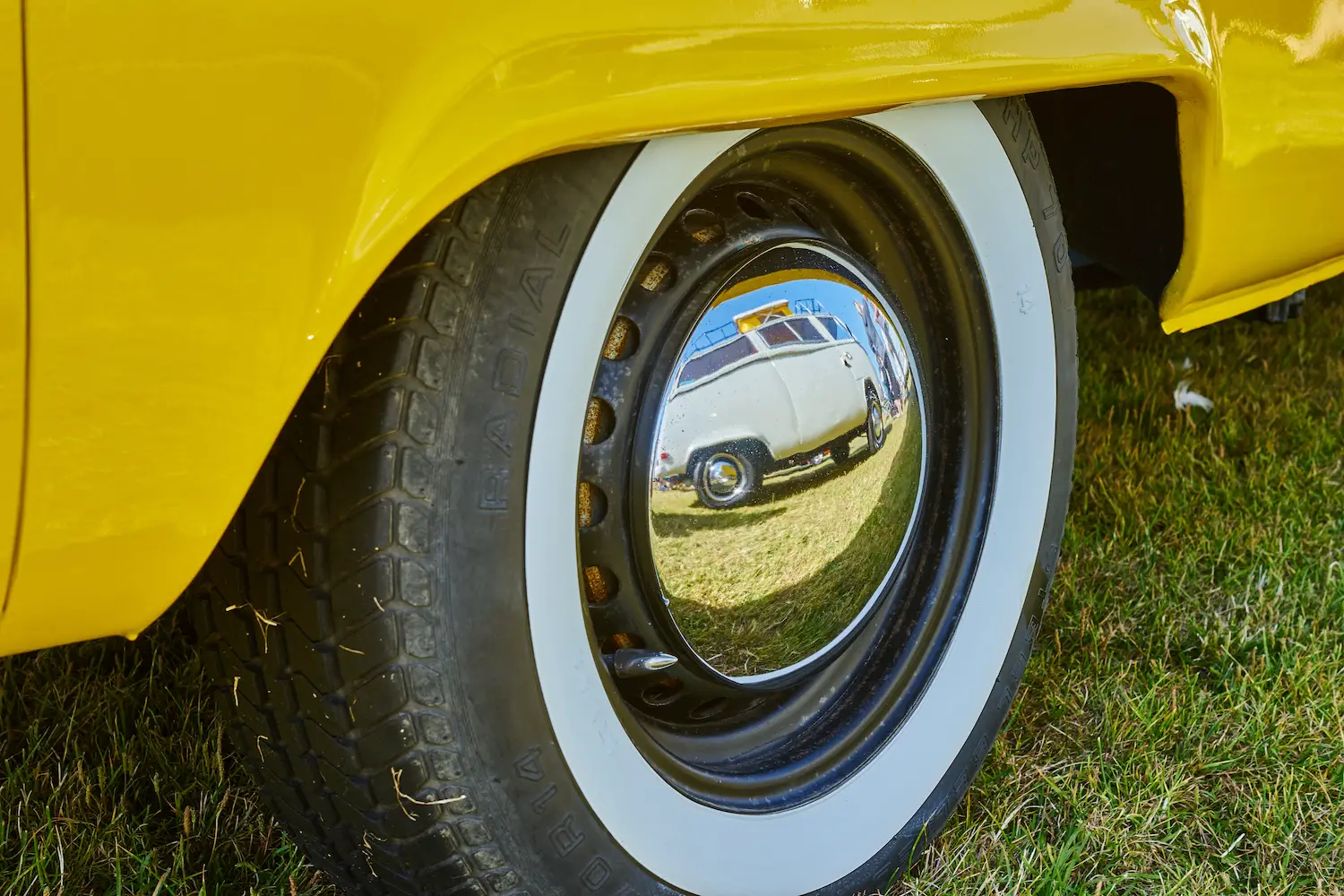
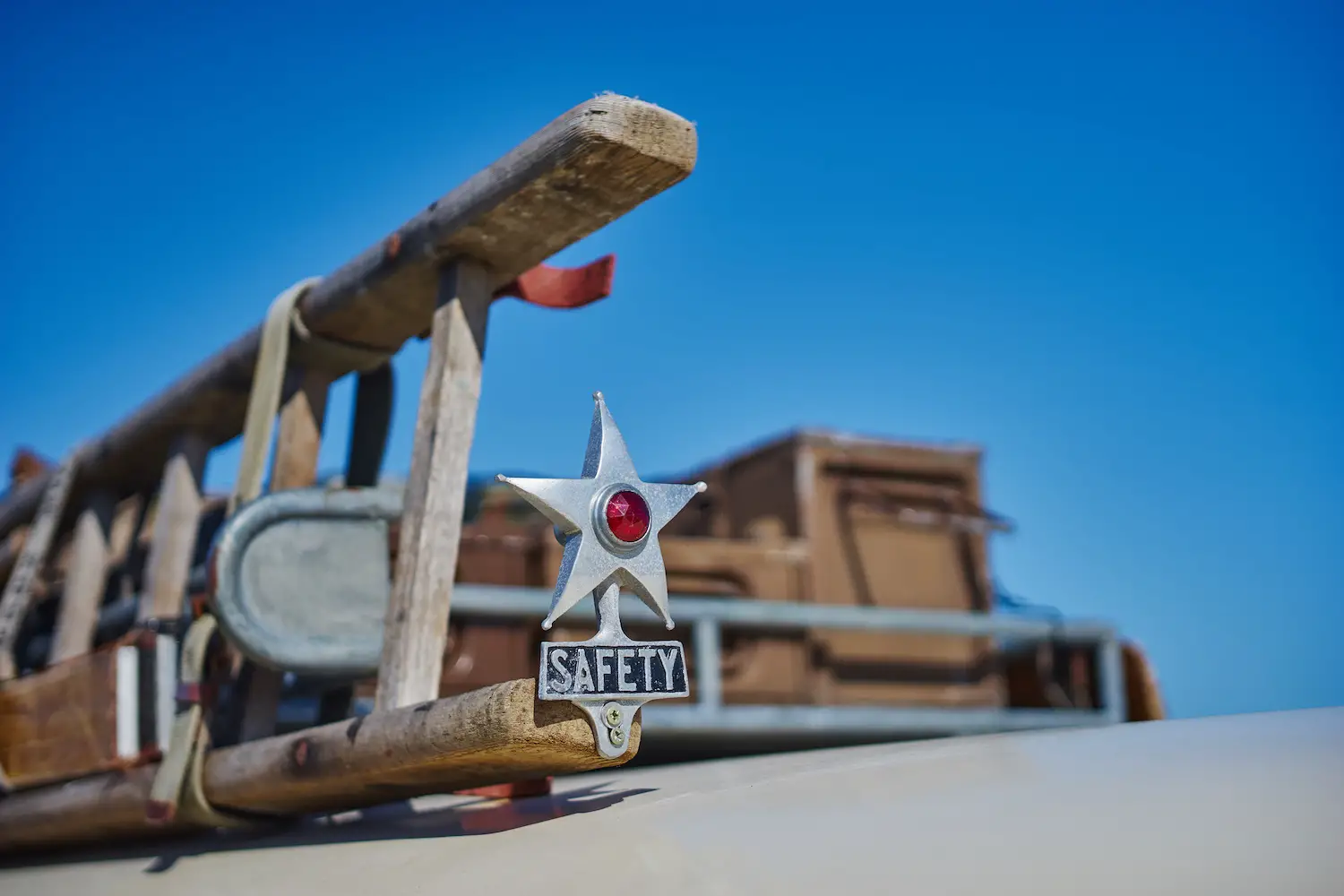
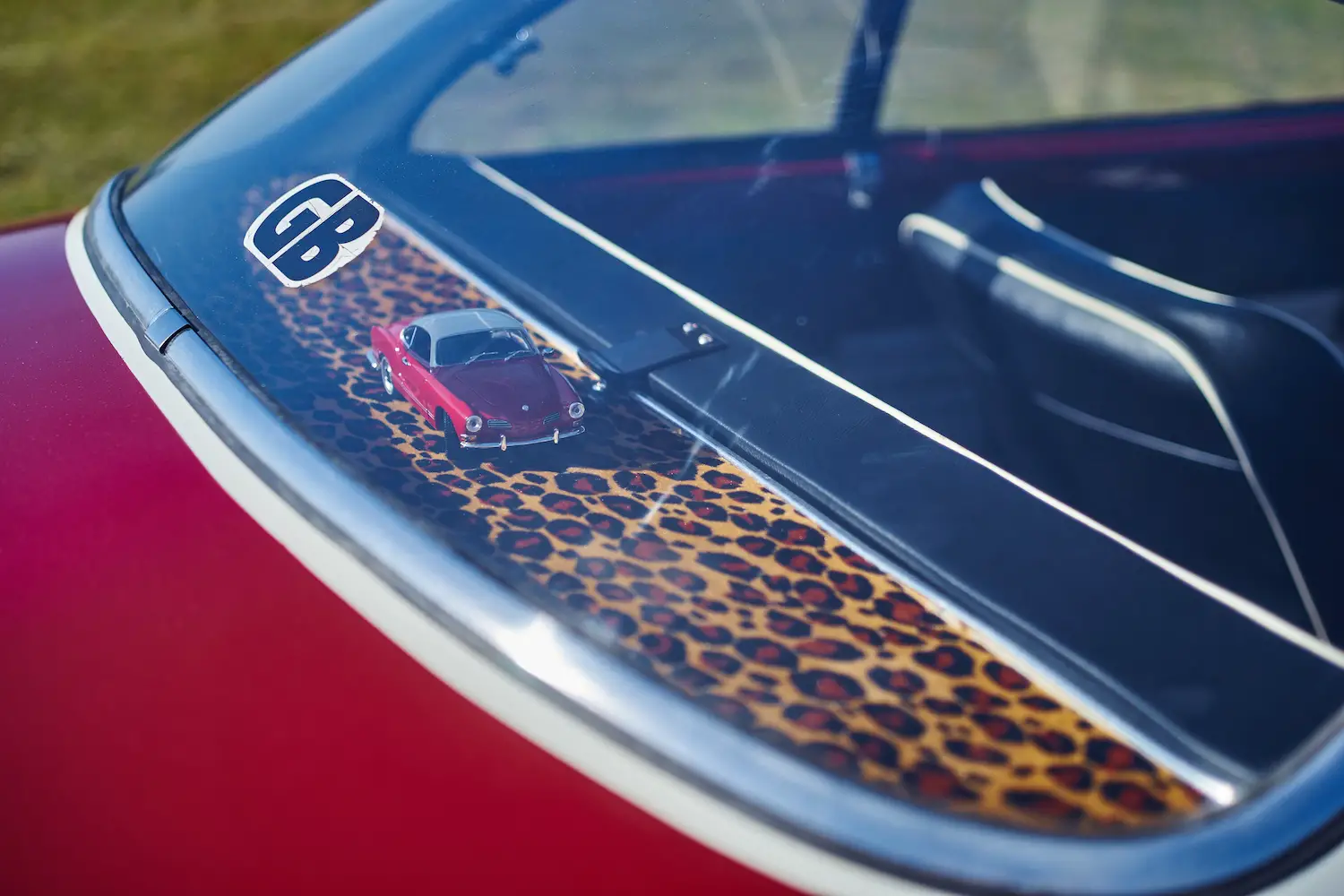
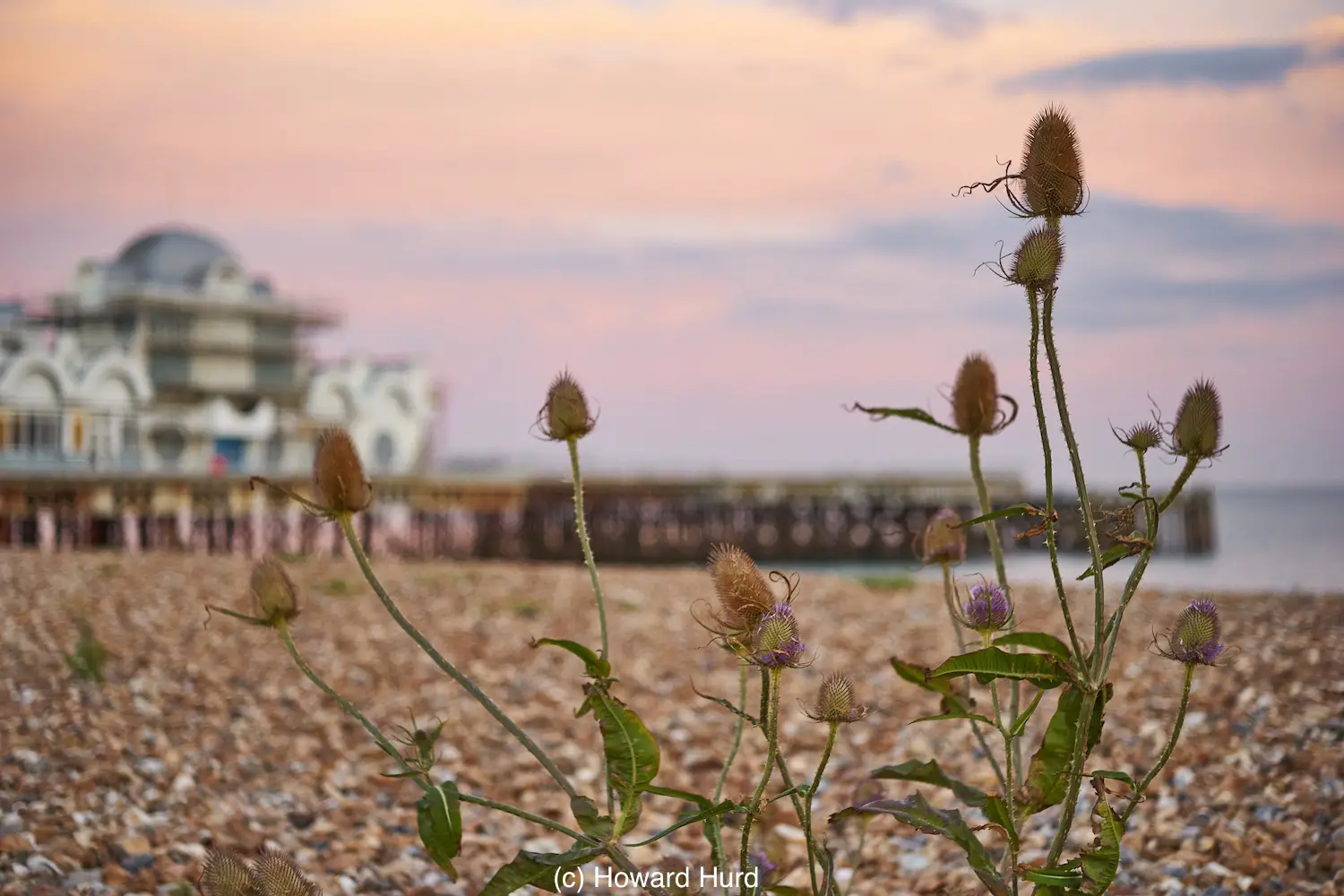
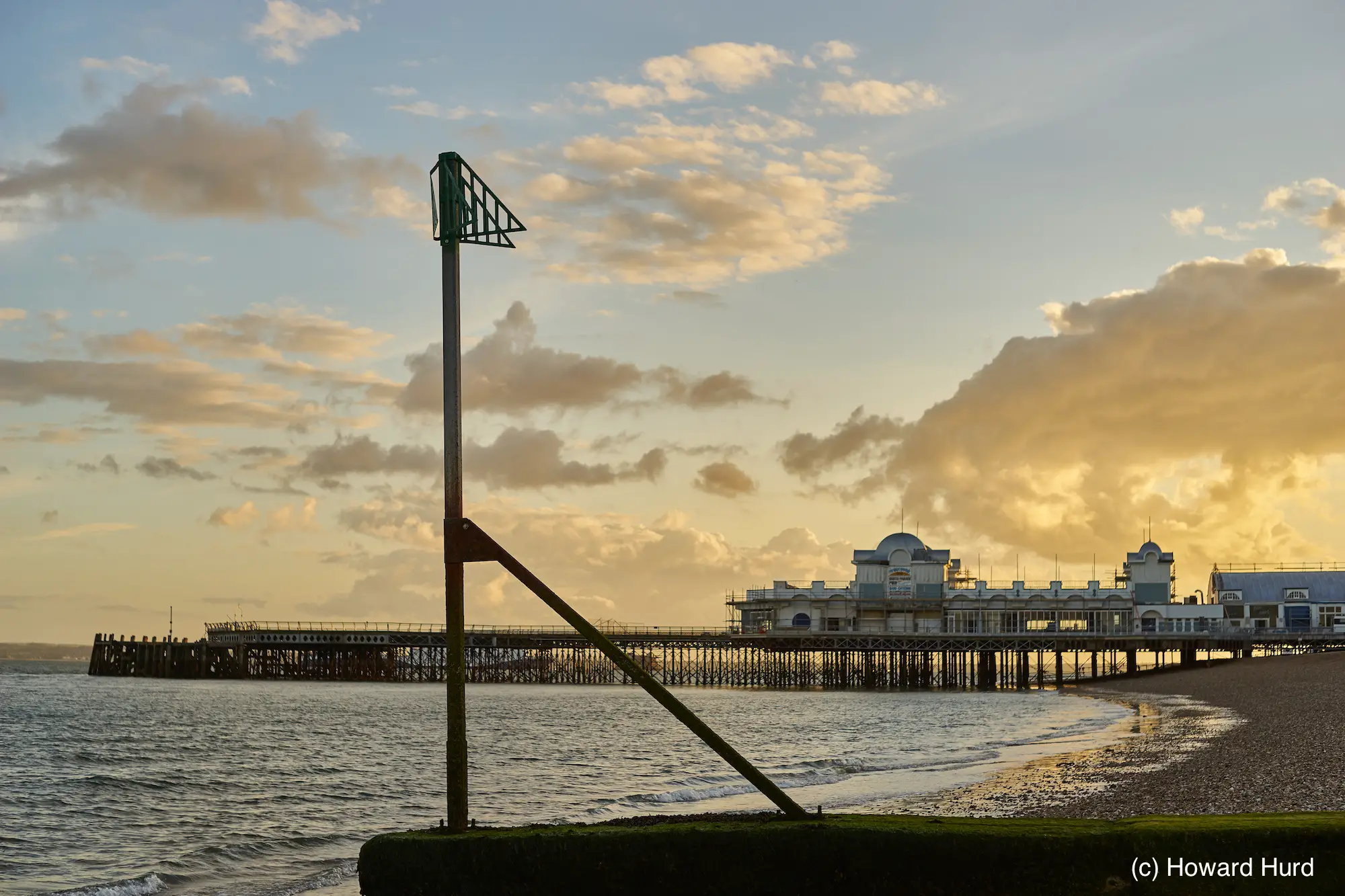
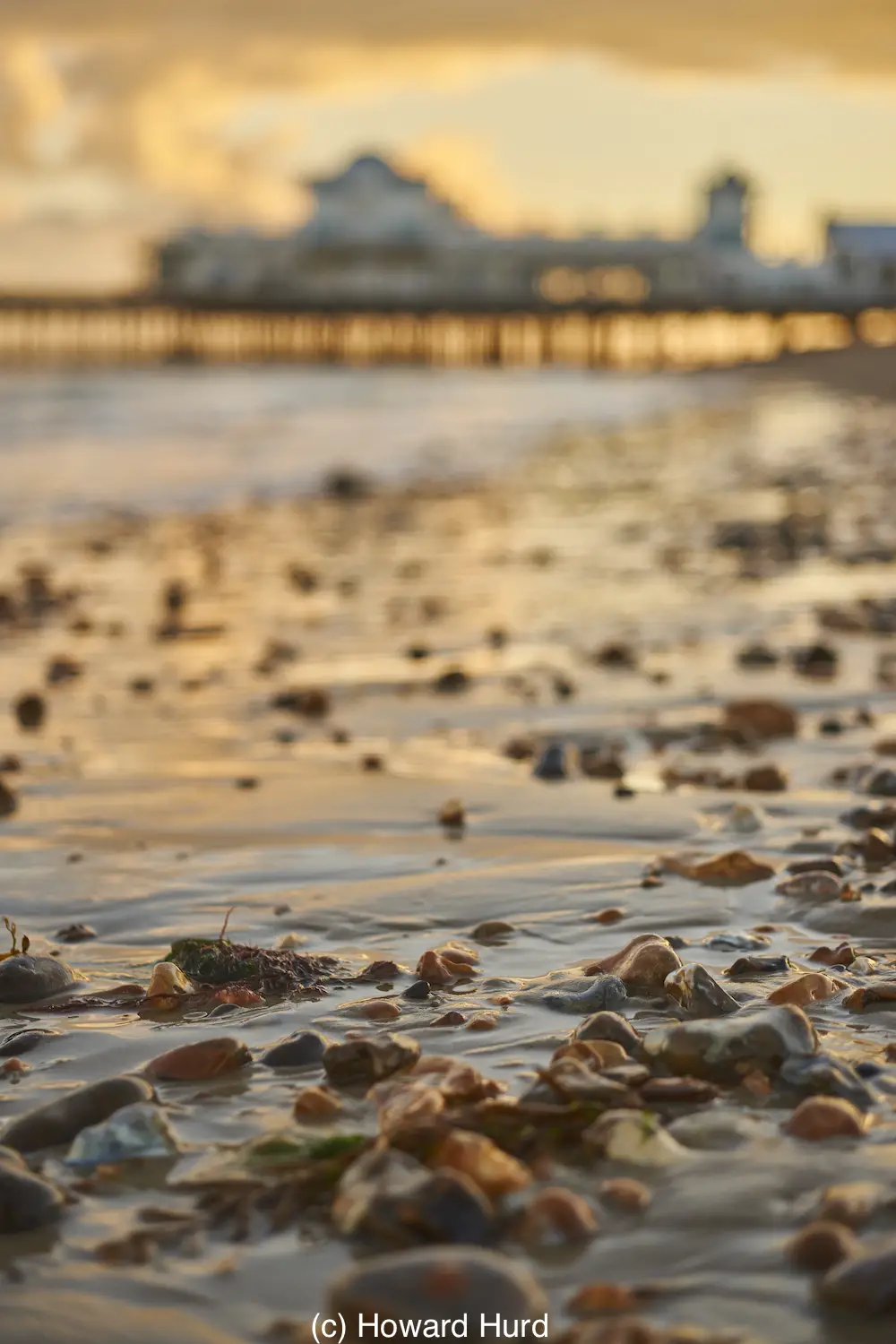
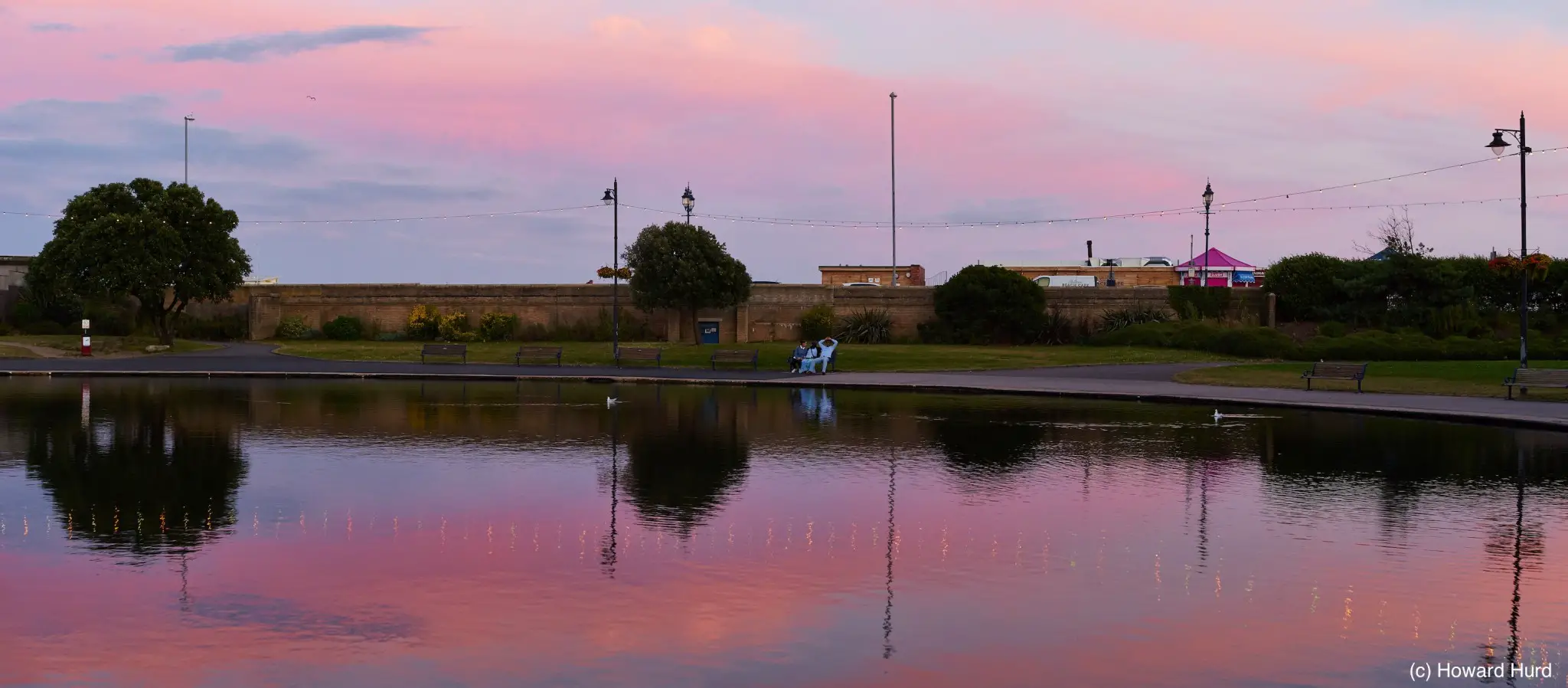
My final thoughts
Whilst the Fed4 is not as sophisticated as my lovely Fujica Compact Deluxe 35mm rangefinder, I had just as much fun using it as it made me concentrate on the fundamentals of photography.
I would strongly recommend trying one of these old Russian rangefinders. Not only because of the great results you can get using them with film but also due to the lovely look of the results you can achieve using their characterful lenses adapted onto modern mirrorless digital cameras.
Howard
Share this post:
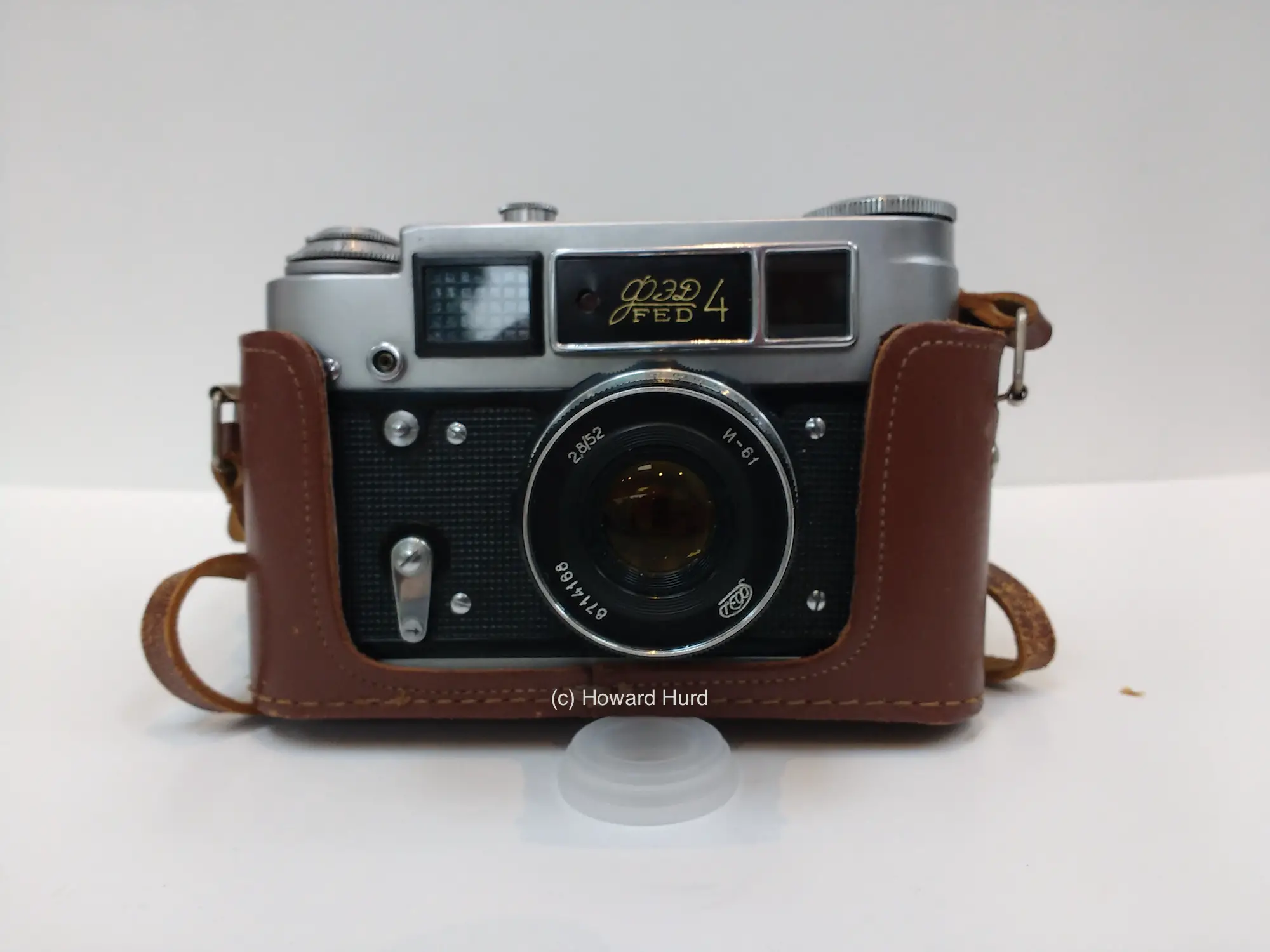








Comments
Dmitry Goloub on Fed4 & Industar И-61 lens review – Back in the USSR – by Howard Hurd
Comment posted: 20/02/2017
Comment posted: 20/02/2017
Comment posted: 20/02/2017
Comment posted: 20/02/2017
Comment posted: 20/02/2017
Comment posted: 20/02/2017
Chris on Fed4 & Industar И-61 lens review – Back in the USSR – by Howard Hurd
Comment posted: 20/02/2017
That watermark on your otherwise nice pictures is utterly hideous.
Comment posted: 20/02/2017
Jürgen Schütz on Fed4 & Industar И-61 lens review – Back in the USSR – by Howard Hurd
Comment posted: 20/02/2017
Thanks and cheers!
Jürgen
Comment posted: 20/02/2017
Christoph on Fed4 & Industar И-61 lens review – Back in the USSR – by Howard Hurd
Comment posted: 20/02/2017
The lens you have featured in this article I use on a Voightlander / Cosina close focus adapter with the M39 to M mount ( bayonet ) adapter ring that threads on.
The look in film of the war monument are wonderful, great character. I for one an so pleased to live in a time though , where the obscure lenses from yesterday year can come alive again. This is a special time in the Art of Photography.
Imagine who in their wildest dreams ever thought their Great Uncle's photo kit would be relevant again ? Amazing.
Hamish knows the lenses I have collected and yes from the costliest ... a few to the Helios 2 44 I love them all. As a student learning my craft ... there are many with far deeper knowledge of these waters.
To all...Search the Light , and pursue it...great with Heart. Indeed. We pursue the Light.. Yes.
Comment posted: 20/02/2017
Terry B on Fed4 & Industar И-61 lens review – Back in the USSR – by Howard Hurd
Comment posted: 20/02/2017
Comment posted: 20/02/2017
Andrew Cotterill on Fed4 & Industar И-61 lens review – Back in the USSR – by Howard Hurd
Comment posted: 22/03/2017
I've got a Fed2 , great camera, but as you say a bit heavy.
Comment posted: 22/03/2017
Comment posted: 22/03/2017
Comment posted: 22/03/2017
Reg on Fed4 & Industar И-61 lens review – Back in the USSR – by Howard Hurd
Comment posted: 19/11/2017
Comment posted: 19/11/2017
Peter Booman on Fed4 & Industar И-61 lens review – Back in the USSR – by Howard Hurd
Comment posted: 04/01/2018
I might have to get one of those lenses :D
Comment posted: 04/01/2018
Eugen Mezei on Fed4 & Industar И-61 lens review – Back in the USSR – by Howard Hurd
Comment posted: 07/10/2018
Giulio Palma on Fed4 & Industar И-61 lens review – Back in the USSR – by Howard Hurd
Comment posted: 29/03/2019
Can I gently ask you where did you find the dumb lens adapter for thr И-61?
Thank you tor your time :)
Giulio
Giulio Palma on Fed4 & Industar И-61 lens review – Back in the USSR – by Howard Hurd
Comment posted: 29/03/2019
Amazing article and pictures :)
Where did you buy the dumb lens adapter for the N61?! I am looking for it for long time.
Thank you
Giulio
Comment posted: 29/03/2019